We may receive a commission when you use our affiliate links. However, this does not impact our recommendations.

I’ll often reach for my 1-1/4” or 1-1/2” bench chisel to tackle a piece of banding that is all of 3/16” wide and 1/16” thick.

When mitering banding I can reference my wide chisel on a simple bevel jig and drop the edge into the banding for a clean, precise cut.
Though it might seem counterintuitive, sometimes bigger is better when you are doing fine work with veneer and inlays.
A wide chisel provides plenty of reference surface to keep delicate cuts straight and square and plenty of heft to slice effortlessly.
If you excavate for banding using a router, you will wind up with rounded outside corners. Once again, a wide chisel is better to square off those corners because you have plenty of reference area. I place most of the chisel against the straight cut left by the router and use just the last bit of the chisel’s edge to cut the corner square.

A little clean-up with a small chisel and you have a crisp corner for the crisp miter on your banding.
Another job for a wide chisel is to trim off overhanging veneer. While this can often be accomplished with a sharp veneer saw or a knife, when the overhang is cross banding with the grain oriented perpendicular to the edge, it’s very easy to break a piece off or get a ragged cut with a saw or knife.

Here I am trimming the overhang on 3/8” quartersawn walnut cross-banding using a wide chisel. While it may appear that I am dangerously pushing the edge toward the fingers of my left hand, in actuality I am pushing the skewed edge across the end grain of the veneer with my left thumb. Half of the blade is registered on the drawer as the edge slices through the veneer. Two or three passes will flush it up while the wood fibers are fully supported by the substrate.
Some woodworkers I know will use a spare plane iron for this type of work. So next time you have to do a little trimming and it needs to be precise, reach for the big guns.
— Frank Vucolo
p.s. Frank’s article, “Bookend Inlay” is in the November 2014 issue (on newsstands now); his “Federal Bow-front Table” graces the cover of the forthcoming December 2014 issue (at the printer now). — Megan Fitzpatrick
Here are some supplies and tools we find essential in our everyday work around the shop. We may receive a commission from sales referred by our links; however, we have carefully selected these products for their usefulness and quality.






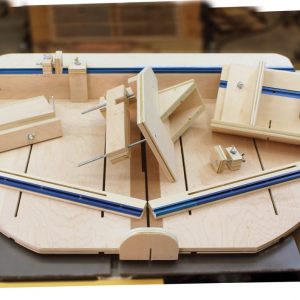
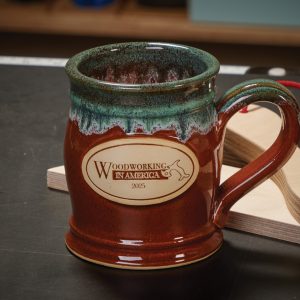
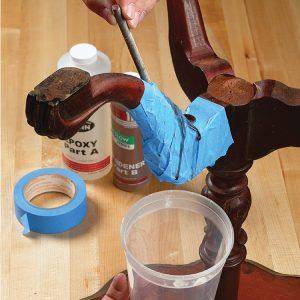

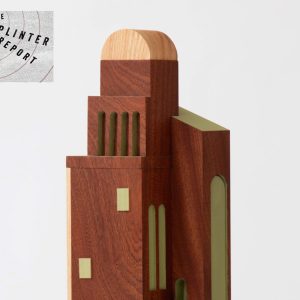

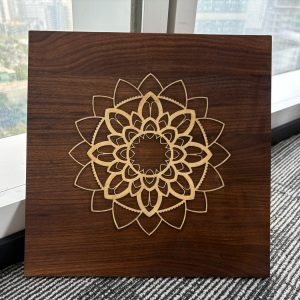
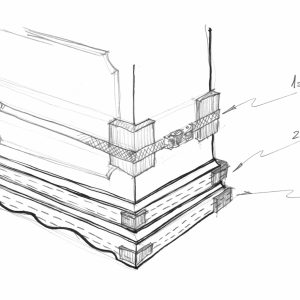




The last picture looks like a finger is about to be cut…